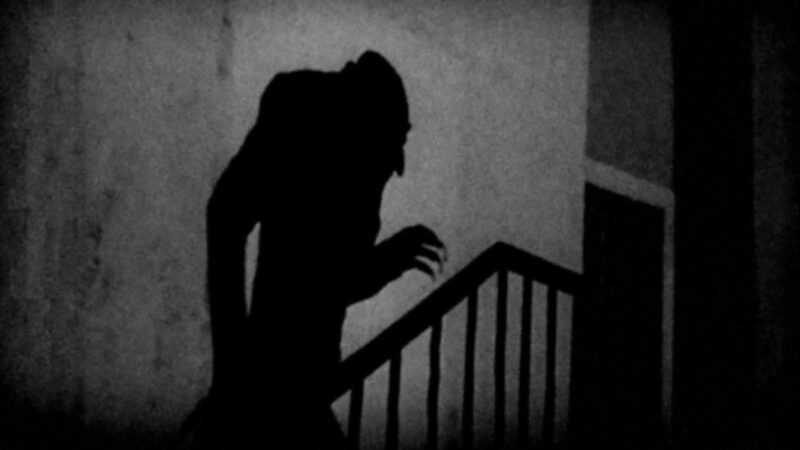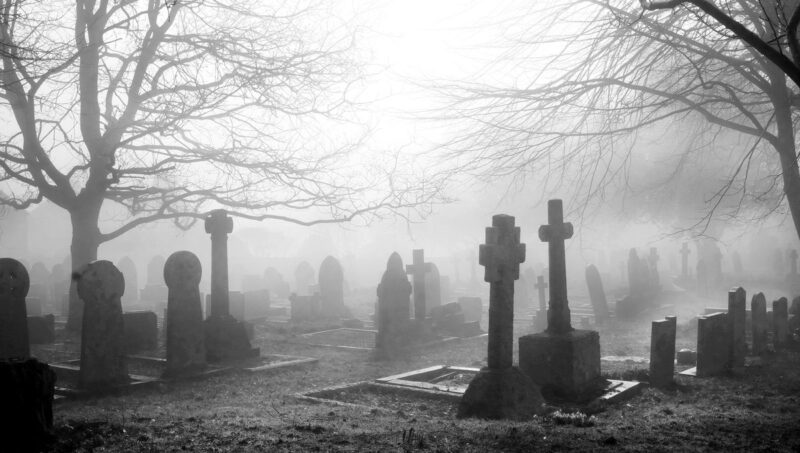Gods and Monsters: The Vampire
Eve Volungeviciute

Considering we are still in our Gods and Monsters era, I felt inspired to make a series of sorts where I take a deep dive and discuss various creatures of the world folklore. From popular ones to downright obscure; origin stories, cultural differences, any examples in our modern-day popular culture – there is so much to talk about.
Vampires, the topic of this piece, are probably one of the most popular mythological creatures. Because of this, we might think we know everything there is to know about them, but is that really the case? Let’s have a look and see…
Origins
Tales of demonic spirits that can be considered as predecessors to modern vampires are traced back as far as Ancient Greece, Rome, and Mesopotamia. They were thought to be revenants of evil beings, suicide victims, witches, or corpses possessed by a malicious spirit.
Slavic and Chinese had an understanding that any corpse jumped over by an animal had the potential to become one of the undead, as well as anybody with an untreated wound. In Albanian folklore, what they called dhampir was a hybrid child of Karkanxholl and lugat, a lycanthrophic creature and water-dwelling ghost respectively.
Persians were one of the first to have myths about vampires in the sense they are now perceived. However, the word ‘vampire’ itself did not appear in writing until 1732 in England. Since then, most folklore has originated from South-Eastern Europe. Back in those times, vampires were believed to be real to the point where public executions took place for people who fit the description.

Prevention
There were various practices for stopping someone from coming back as one of the undead. A common method was to bury a corpse upside down and place earthly objects near the grave, like scythes and sickles.
Europeans took an interesting approach and severed tendons of the corpses, alongside placing poppy seeds or sand on the ground nearby.
Identification
One method of finding a vampire’s grave was a virgin boy leading a virgin stallion through a cemetery. The horse then would balk at said grave. Another tell that the body of the deceased had been occupied was said to be holes in the earth of the gravesite.
Corpses that were thought to be vampires were described to be in a better state than expected considering their circumstances, with little to no signs of decay. Sometimes they would even have fresh blood stuck to their faces. In some accounts, folkloric vampiric beings even had poltergeist-like abilities.
Protection
One of the dominant elements of vampire mythology is measures of protection against them. A prominent example is garlic, along with wild rose and hawthorn. In Europe, mustard seeds were also used to keep them away. Chinese myths stated that having to count every grain of rice would distract the being from attacking and was also used as a defensive method. Poland and Russia told tales that eating bread that was baked with the vampire’s blood mixed into the batter was a possible protective measure.
A touch of religion is unavoidable since sacred objects such as crucifix, rosary and holy water were also used to ward off the creatures. A recurring belief was that the evildoers could not step on sacred ground or cross running water. In some cultures, they also couldn’t enter a house uninvited, at least the first time around.
Mirrors were also used as protection due to vampires not casting a reflection (which is likely due to their lack of soul). This attribute is not universal but has gained popularity after Bram Stoker’s Dracula. Interestingly enough, in folkloric vampire stories, while the beings operated at night, they were not vulnerable to sunlight. The addition of vampires turning into ashes is more of modernised take.

Destruction
One of the most common ways to get rid of suspected vampires was staking, especially in South Slavic cultures. In Russia and the Baltic states, ash was the wood of choice; in Serbia, it was hawthorn; and in Silesia, it was oak. The heart was the usual stabbing location, although Russia and Germany apparently targeted the mouth.
German and western Slavic areas also preferred decapitation as a method of killing. This act was meant to quicken the departure of the soul.
Modern day portrayal
In most recent fiction, vampires are shown to be charismatic villainous creatures. Real life vampire hunters still exist, although it is more of a sociological aspect. These beliefs resulted in deaths of multiple people as recently as 2017.
Author Paul Barber believes vampirism partially became a concept due to society’s lack of understanding when it came to the scientific side of decomposition process. It was also due to people being buried alive, which was mainly lack of medical knowledge at those times.
As far as fictional portrayals go, Bram Stoker’s Dracula is arguably one of the most well known and pretty much shaped the mythology going forward. It is from that point on that the undead creatures were featured as a metaphor for repressed sexual inhibitions and one’s true desires among other things. Anne Rice’s books, for example Interview With The Vampire, lean into this narrative further by exploring the joys and perils of immortality, bridging the gap from vampires being these distant monstrous entities to captivating villains and sometimes even anti-heroes.

This is especially true in shows like Buffy the Vampire Slayer or The Vampire Diaries, which feature the undead who don’t feed on human blood or are even re-ensouled, atoning for the crimes committed. They are often juxtaposed against vampires that revel in their evilness, creating an angel and the devil scenario of sorts.
One can’t write an article about vampires and not mention Stephanie Meyer’s Twilight (for better or for worse). The questioningly weak love story between the main characters aside, the actual vampire lore had a lot of potential: them being practically invulnerable to everything and having only one foolproof method of destruction, implying only another supernatural being could’ve killed them. Had it been written by a different author, perhaps the series would’ve been readable. Alas, I digress.
Future
What is next for the fanged creatures and their depiction in modern media? Will we go lean further into the more romantic approach and focus on the love stories between vampires and humans? Will we go back to the roots and explore them through a lens more akin to horror? Will we mix the western Hollywood lore with ideas from other countries? One thing is for certain – despite the popularity of vampire mythology to this day, the possibilities are still endless and a lot of ground remains to be explored. Let’s keep an eye out…
